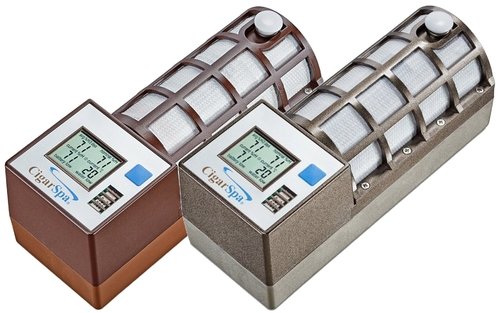Building Your Own Humidor? Here's How!
To allow aficionados to store their cigars in optimal conditions for years while preserving full flavor, a humidor is typically required. A humidor is a container, usually made of wood and lined with various materials, designed to maintain a constant humidity level inside. Humidors can be purchased or constructed with the right instructions. Essential requirements include appropriate materials and a good level of craftsmanship.
Basically, there are two options for building a humidor:
• Veneer: Spanish cedar veneer is applied to an MDF base (medium-density fiberboard) on the inside, with a hardwood (often cherry) veneer on the outside.
• Solid Wood: The entire humidor body is made from solid wood, with a lining of Spanish cedar veneer on the interior.
Veneer or Solid Wood
Generally, there are two options for humidor construction:
- On an MDF base (medium-density fiberboard), a Spanish cedar veneer is applied inside, with any chosen hardwood (often cherry) applied outside.
- The entire humidor casing is crafted from solid wood, with a Spanish cedar veneer inserted on the inside.
Humidors are generally built on an MDF base. Since the humidity inside the humidor is higher than outside, the interior wood expands, which can lead to stress and cracks in the humidor’s walls.
Humidors based on MDF expand less, reducing stress within the interior.
Materials for a Humidor
A humidor should be as airtight as possible to prevent humidity from escaping. The walls must therefore be robust and of substantial thickness. Spanish cedar is recommended for this purpose.
Properties of Spanish Cedar:
- Protection from tobacco beetles – thanks to the unique scent compounds in cedar
- High moisture absorption – ensures a stable climate inside the humidor
- Supports the aging process of cigars
- Enhances the cigars' aroma
For more details, see: Spanish Cedar – For the Humidor & as Kindling
1. Humidor Exterior Walls
The exterior walls are lined with a 4-millimeter veneer, known as lining. A material that absorbs moisture well is needed. Spanish cedar is not recommended due to its high resin content. Instead, African hardwoods such as Okoume, Bosse, Sapeli, or Kondroti (also known as Alone wood) are ideal for lining.
2. Humidor Hinges
The hinges should ensure smooth operation for years, preventing the lid from warping over time. Quality humidors generally feature quadrant hinges.
3. Glass Lid or Wooden Lid
Glass lids are popular in hospitality settings to allow patrons a direct view of the cigar selection.
Wooden lids are recommended for long-term storage as they better protect cigars from light exposure.
4. Humidification Systems and Hygrometers
To ensure proper cigar storage, a completed humidor needs a humidification system and humidity control devices. There are two main types of humidification systems: active and passive.
Active Humidification Systems
Passive Humidification Systems
Analog Hygrometers
Digital Hygrometers
Step-by-Step Humidor Construction
- Prepare all board surfaces (sides/front, etc.)
- Glue the body together
- Glue edge strips
- Cut the body apart
- Install quadrant hinges, lock, and handles
- Cut lining, bottom, and lid panels
- Insert and sand the interior lining
- Finish the surface
Further topics
Discover & enjoy
In our shop you will find:















